Update from the Field: A Tale of Two Seasons
Posted by Dave Dyson, Agronomist on August 20, 2018
This post may reference products and/or services only available to our Retail Farm Center customers. For more information contact your Territory Manager at The Andersons.

This corn growing season has manifested into two noticeable extremes, an early planting and a late planting. The two plantings this year were driven by weather and a horrifically-wet spring. The early corn was put in the ground around the last week in April, whereas the late corn was planted during the last week in May. The April planted corn is now “denting,” where the late May planted corn is only in the early “milk” stage.
Penn State has a nice graph showing the relationship between planting date and corn yield (figure 1) that can be applied for all of the Cornbelt. You may ask why planting date affects corn yield so much. Heating Degree Units (HDUs) play an important role, but the decline of yield does not end with insufficient HDUs. We can still protect yield and increase the percent of maximum yield by alleviating stress during pollination and grain fill.
 Figure 1: This graph shows a yield curve in relation to planting date for corn. Image credit: Penn State.
Figure 1: This graph shows a yield curve in relation to planting date for corn. Image credit: Penn State.
When the planting date for corn gets pushed back, not only is emergence delayed, but every stage of the corn plant will be pushed back. That means pollination will happen later, most likely during the hot, dry, dog days of summer. This does not bode well for the pollination process and can result in blank spots in the ear, if the corn plant suffers undue stress. Corn diseases (figure 2) ramp up and become out of control later in the season, too. This can result in a heavy fungal infection during grain fill. One positive effect of the very warm July the Cornbelt experienced this year was a reduction of northern corn leaf blight. When temperatures move above 80 degrees Fahrenheit with dry conditions, the growth and spread of this fungus slows dramatically. This is why little northern corn leaf blight was observed in July. On the contrary we are beginning to see signs of the fungus now, as scattered heavy rains have been frequent across the region in August.
 Figure 2: Non-treated corn plant riddled with grey leaf spot. This picture was taken at The Andersons Walton Retail Farm Center.
Figure 2: Non-treated corn plant riddled with grey leaf spot. This picture was taken at The Andersons Walton Retail Farm Center.
Since planting occurred in two major time frames this year, we cannot look at the calendar to decide if it is too late to apply fungicide or a foliar fertilizer like Overpass® CF. We have to scout the corn and determine its growth stage. For example, I was walking a field of corn last Thursday that was still pollinating. If we can lessen the stress during pollination and grain fill by applying a fungicide and Overpass CF, we have the potential to increase the percent of maximum yield of this later-planted corn.
In conclusion, the amount of disease in corn this year is among the highest I’ve seen in a long time. With expected continual moist and warm conditions, the spread of corn diseases will not slow down in the next 30 days. Scouting is key to determine if a profit can be made by applying a plant health input at this date. Corn that is well into dough stage will not benefit from an application, but the later-planted corn that is milk stage or earlier can still see a yield advantage with a fungicide and Overpass CF application.
FOR MORE INFORMATION:
Please complete the form, and we’ll get you in touch with your Territory Manager from The Andersons.

Dave Dyson is a regional agronomist for The Andersons’ Farm Centers which are located throughout Ohio, Michigan, and Indiana. He is an Indiana native and grew up on a dairy farm in Miami County. A graduate of Purdue University with a degree in Crop & Soil Science, Dave has a deep knowledge of various agronomic topics and is committed to helping growers improve their crops. If you have any questions, Dave can be reached at david_dyson@andersonsinc.com.


